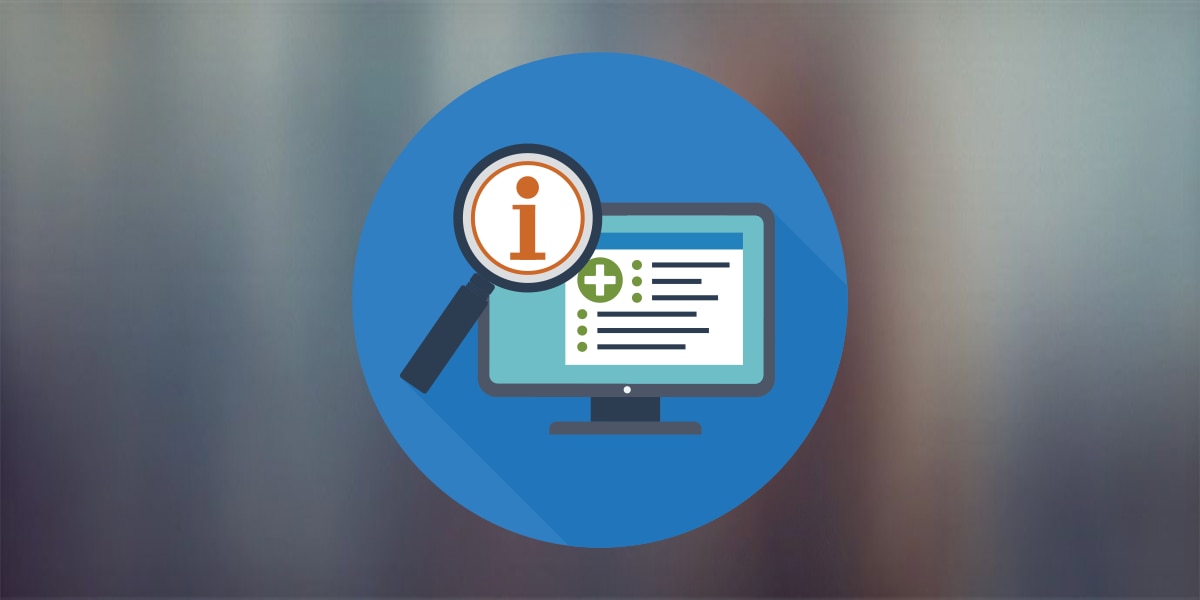What is insulin?
Insulin is a hormone made by the pancreas that helps glucose in your blood enter cells in your muscle, fat, and liver, where it’s used for energy. Glucose comes from the food you eat. The liver also makes glucose in times of need, such as when you’re fasting. When blood glucose, also called blood sugar, levels rise after you eat, your pancreas releases insulin into the blood. Insulin then lowers blood glucose to keep it in the normal range.
What is insulin resistance?
Insulin resistance is when cells in your muscles, fat, and liver don’t respond well to insulin and can’t easily take up glucose from your blood. As a result, your pancreas makes more insulin to help glucose enter your cells. As long as your pancreas can make enough insulin to overcome your cells’ weak response to insulin, your blood glucose levels will stay in the healthy range.
What is prediabetes?
Prediabetes means your blood glucose levels are higher than normal but not high enough to be diagnosed as diabetes. Prediabetes usually occurs in people who already have some insulin resistance or whose beta cells in the pancreas aren’t making enough insulin to keep blood glucose in the normal range. Without enough insulin, extra glucose stays in your bloodstream rather than entering your cells. Over time, you could develop type 2 diabetes.
How common is prediabetes?
More than 84 million people ages 18 and older have prediabetes in the United States.That’s about 1 out of every 3 adults.











